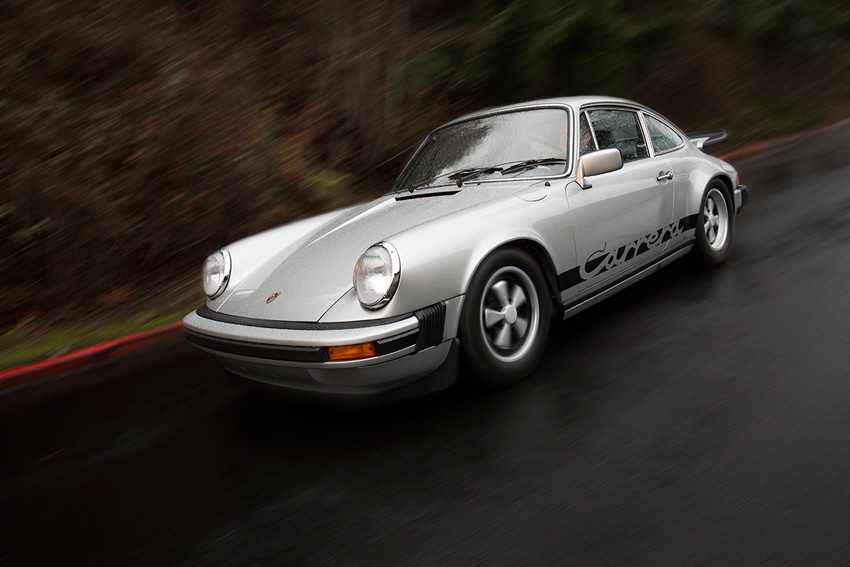“To whom much is given, much is expected.”
This might seem like an unusual quote to open an automotive story, but it happens to fit. Ryan Snodgrass of Washington state has made a lot of good decisions in his life, including his choice of career and family. It’s also allowed him to take on the monumental task of researching an underappreciated Porsche that uses the same engine as the legendary 1973 Carrera 2.7 RS.
Road Scholars Magazine last visited with Ryan in December 2015 when editor Randy Leffingwell extolled the virtues of Ryan’s soon to be released book, Carrera 2.7. The 7.5-pound, 406 page reference features 830 beautifully reproduced high-resolution photos, more than half of which have never been seen. It also contains a lot of new information on the ‘74-76 G-series Euro Carrera 2.7, including obscure celebrity cars, racecars, and rare accessories.
So, what is it that motivates someone to take time away from a lucrative career to produce a “bible” on a car that was built for only three years in the mid ‘70s? Well, it might only take one drive in a Porsche 2.7-liter MFI powered 911 to appreciate what propelled Ryan to publish his book using the best paper, inks, and printing presses available.
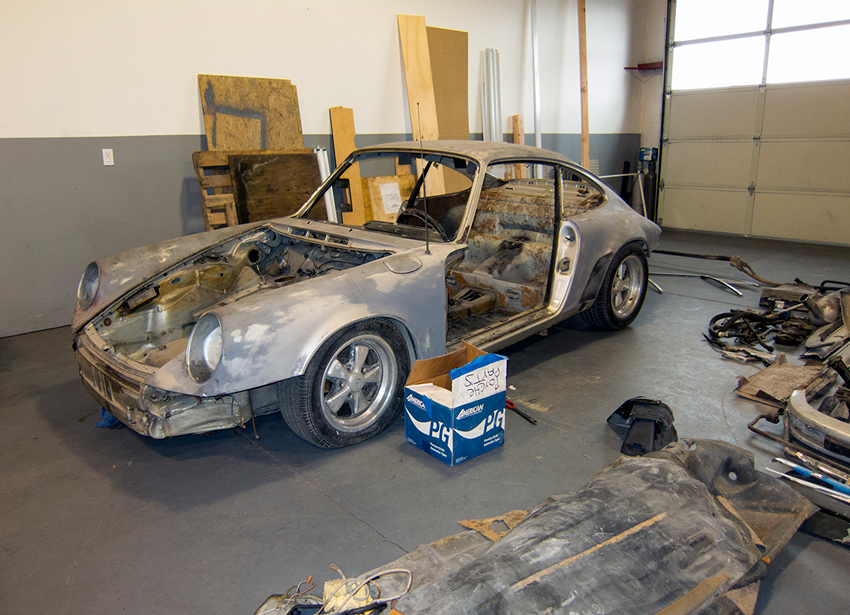
“I was compelled to do it as a lifelong lover of car books,” explains Ryan. “I had amassed a small library of automotive specialty books and appreciated how the best ones had complementary photos and text that increased one’s connection with a particular car.”
Georg Konradsheim’s Carrera RS was one of those books. Coincidentally, at the same time Ryan was first considering authoring a book, Georg was updating his. After contacting Georg for guidance, Ryan was introduced to his designer, Christoph Mäder. “The two men became good mentors, advisors, and friends, and they supported me throughout the project,” Ryan notes. But perhaps we’re getting a little ahead of ourselves. Let’s look at the car that inspired Ryan’s book.
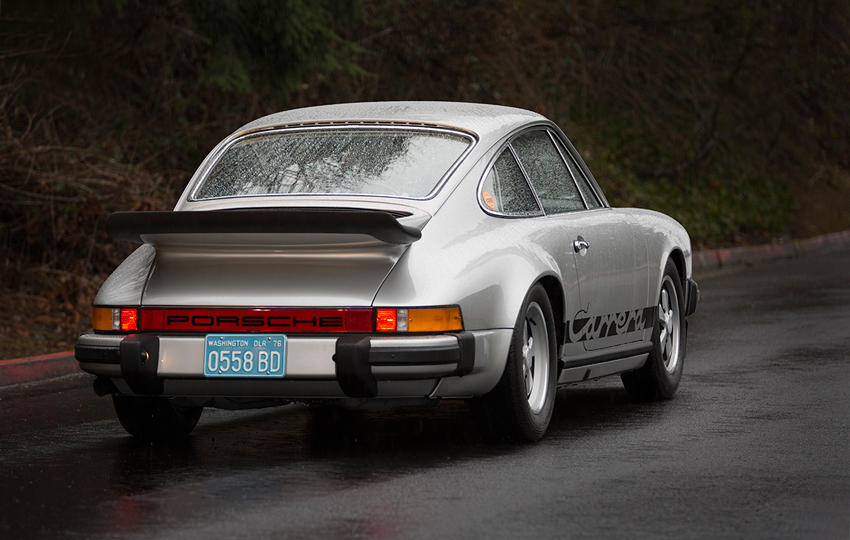
There is one thing to know about the Euro 1976 Carrera 2.7. It is remarkably similar to the ‘73 Carrera 2.7 RS of Georg’s book. The difference is the ‘74-76 Carrera 2.7 was built on an impact bumper body and interior, instead of the earlier long hood form. The weight and horsepower output of the later Carreras 2.7 is virtually identical, and, as expected, the driving experience is very much the same also. That’s not surprising given the legendary Typ 911/83 2.7-liter RS-spec MFI engine was used in all of these cars.
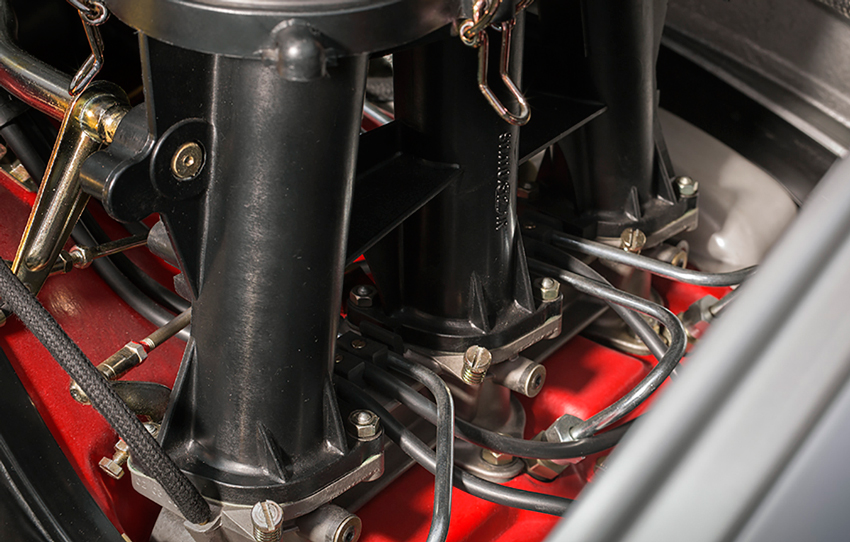
“I started looking for a ‘74-76 Carrera 2.7 MFI in 2009,” Ryan recalls. “I was surprised by the lack of information available on these models, even on the Internet. In the United States, the model was largely unknown at the time, even to real Porsche enthusiasts, as we never received them as exports because they were non-compliance to emissions standards.”
After a year of searching, Ryan finally found a 1975 Light Yellow Euro Carrera 2.7 stateside. This particular Porsche had been featured on the cover of a magazine and was one of the best-sorted 911s he’d ever driven. Shortly after that purchase, the owner of a ‘76 Silver Carrera called and asked if Ryan wanted to take on a disassembled project. It was Ryan’s complete restoration of this car back to original factory specs that inspired his book.
Undoubtedly, every rest-of-the-world Carrera is a special car. At about 1,635 coupes and 630 Targas, the Carrera 2.7 of 1974-1976 is of limited production, unique character, and historical significance. Total production compares closely to the roughly 1,590 1973 Carrera RSs built. The silver ‘76 911 that Ryan purchased in late 2011 is an especially rare car. It’s a Carrera 2.7 MFI “Sondermodell,” a “special edition” variation of the ‘76 911 with VIN #911 660 9050 (the 40th produced out of 113).
Ryan reports, “The Sondermodell coupes were not standard production 911s. They never appeared in factory brochures, and most Porsche books don’t even reference them. They were only sold in Germany, basically through the backdoor, during the last two months of the 1976 model year. They were the last model-year street Porsche with MFI.”
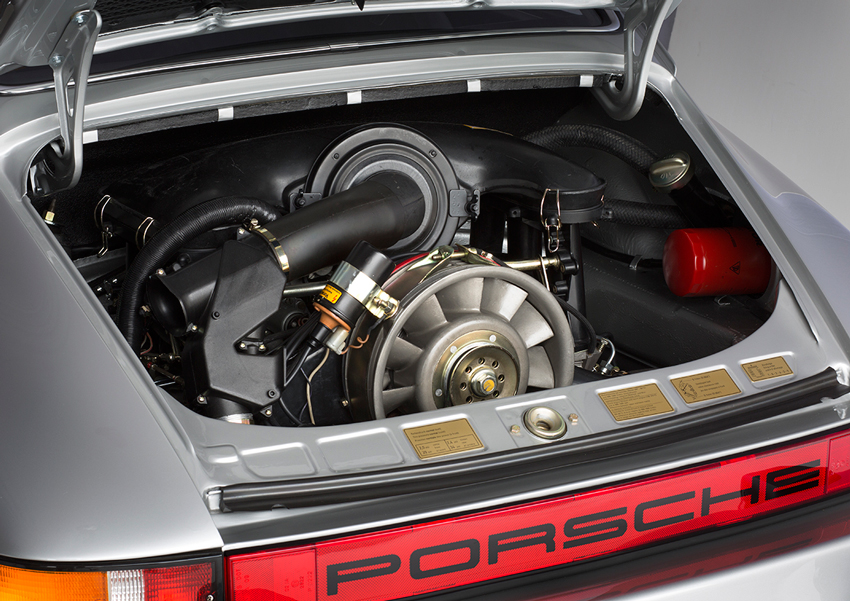
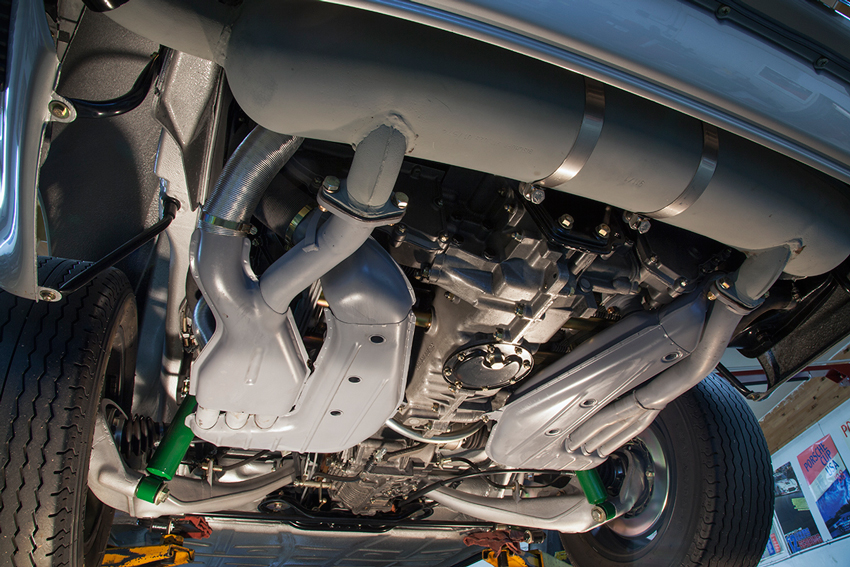
The Sondermodell has the option code M405. For 1976, that meant several performance items were added, including SC style rear flares, Bilstein shocks, limited-slip differential, 18mm rear anti-roll bar, 6 and 7×15-inch Fuchs, and most importantly the 911/83 RS MFI engine. Weight was trimmed by eliminating the heavy bumper crush absorbers, electric windows, rubber-lined carpet, and carpeting on the door pockets.
There are other unique features original to this ’76 Sondermodell, like the lack of a badge on the rear deck lid, a blue Perma-Tune Ignition box, orange “Langzeit Garantie” galvanized decal, front spoiler, and the attractive early rear whale tail.
Ryan remembers, “911 660 9050 had been sitting in the back of a San Diego body shop in primer for the better part of twelve years. Eventually the owner decided to sell it because he realized he wasn’t going to complete the project anytime soon. When I went to inspect it, parts were strewn in the rafters, storage closets, and in piles around the shop. The chassis had been completely stripped and was just a bare roller covered in layers of dust.”
With the coupe’s cabin jammed full of parts, it was shipped to Tim Morris at German Master Tech in Bend, Oregon. There, an 18-month ground-up bare metal restoration was undertaken. “We were very careful to ensure that every part was original or correctly date coded. We wanted it to look exactly as it left the factory,” says Ryan. “I did the part sourcing, research and planning, including traveling to multiple private collections and visiting the factory archives in Stuttgart on four separate occasions. The process of going through this restoration proved critical in understanding these cars from the perspective of producing a book.”
In 1976 Porsche switched from doing a partial galvanization to a new process of dipping the entire body of each 911. Thankfully, when Ryan’s ‘76 Carrera was previously painted, the shop didn’t take the paint down to bare metal, which ensured that the original galvanized coating remained on the car. The tub was also very original and rust free except for the battery box and lower windowsills.
Since the Carrera 2.7L MFI motor had not be run for over a decade, it was completely torn down and rebuilt. The final reassembly and tuning was done at Rothsport Racing in Oregon. PMB Performance in Utah restored the stock brakes, and Harvey Weidman of California refinished the date matching Fuchs.
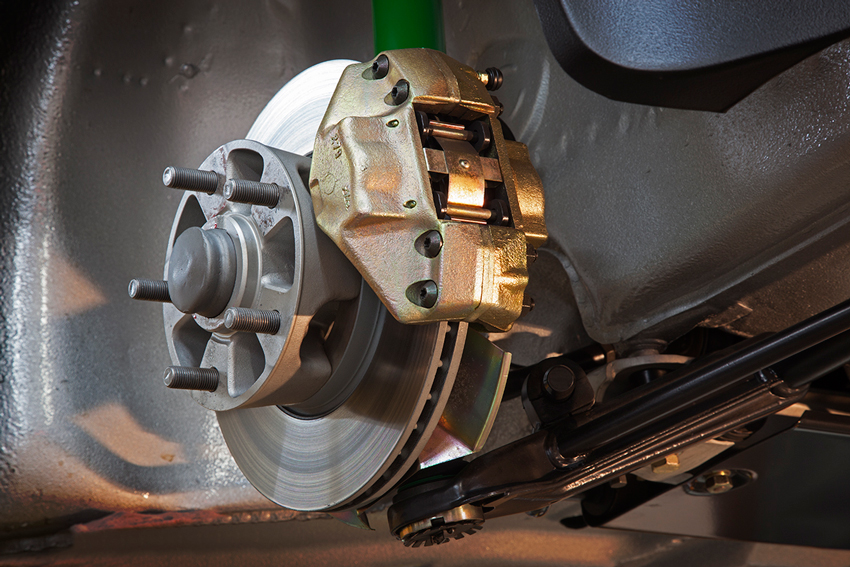
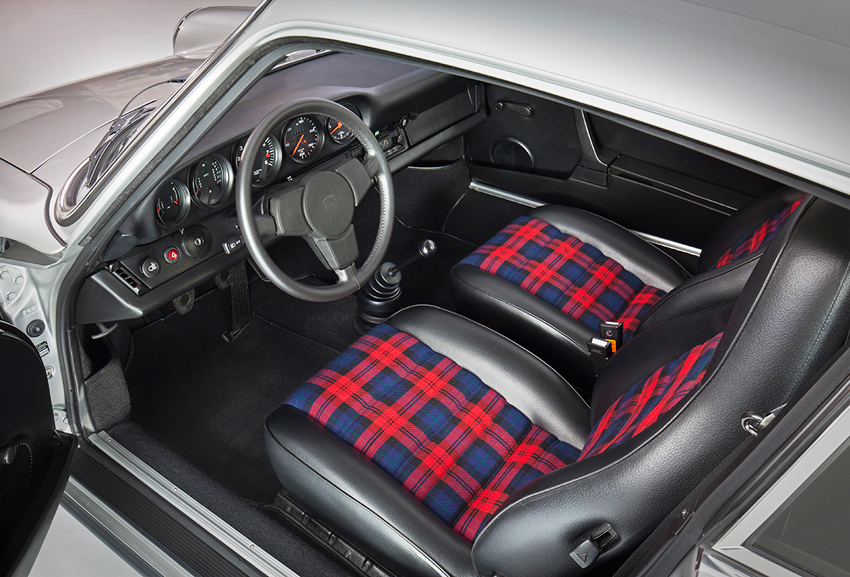
Ryan managed to source all the needed parts including an original black 1976 dash without A/C vents or speaker grills. The interior was then delivered to Tony Garcia at Autobahn Interiors in San Diego. Luckily, Tony found just enough NOS MacLachlan red tartan material to finish the seat inlays. “There is a big difference in the feel, color vibrancy, and crispness of OEM tartan fabric that you don’t get with today’s reproduction,” Ryan states.
At Master Tech, everything, including the wiring harness, was removed before the most methodical final metal finishing, painting and reassembly.
Complete and underway, this Carrera with its MFI induction rewards with a glorious sound and instantaneous throttle response. It has a remarkable feel compared to the US version of the Carrera of 1974-1975, which used the less powerful 2.7 CIS (K-Jetronic) injected engines that meet the California and US emission standards.
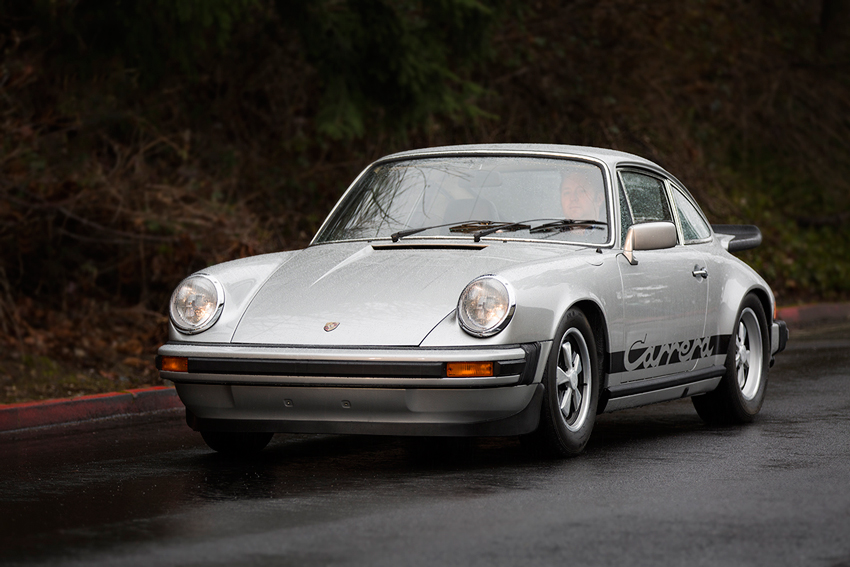
Being from the Pacific Northwest, Ryan’s not afraid to drive his Sondermodell anywhere, even in the rain. Along the way he’s won “Best in Class” at the Concours on the Avenue event during the 2015 Monterey Historics week.
Serious automotive collectors consider Porsche’s Carrera 2.7 RS to be the archetypical iconic long hood 911, and deservedly so. For the short hood 911s, the Euro Carrera 2.7 has the same soul and is equally captivating. Ryan knows this and his book portrays the complete story of these remarkable, unheralded sports cars.
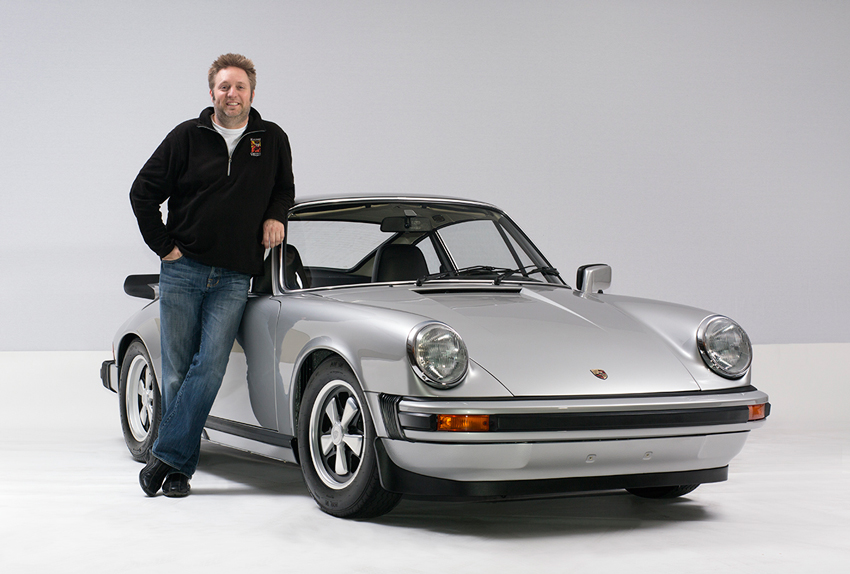
Disclaimer: Randy Wells provided several studio photographs of Ryan’s 1976 Carrera and various parts for the Carrera 2.7 book.
Article Copyright© 2016 Randy Wells. All Rights Reserved.

